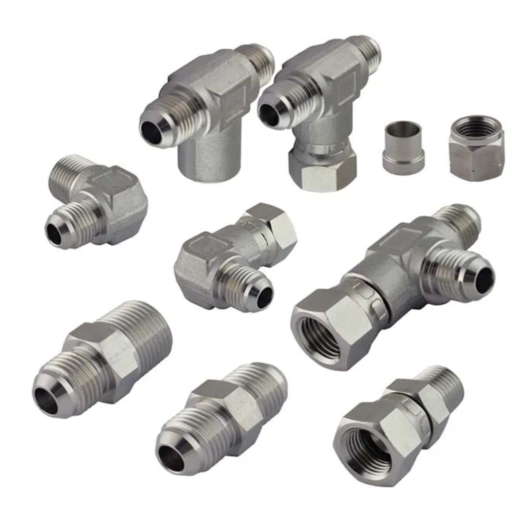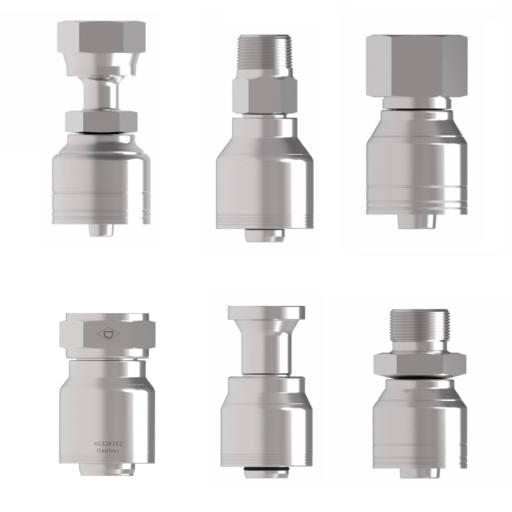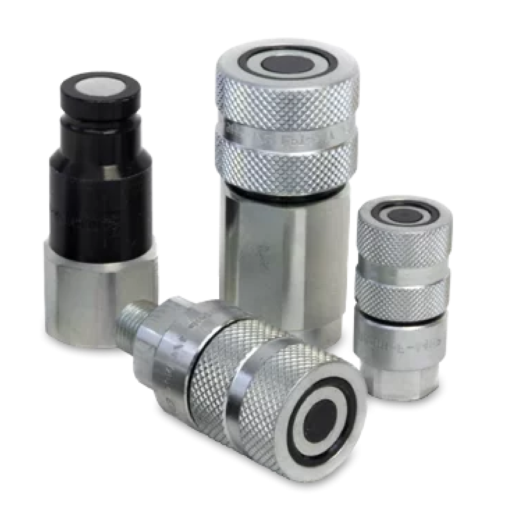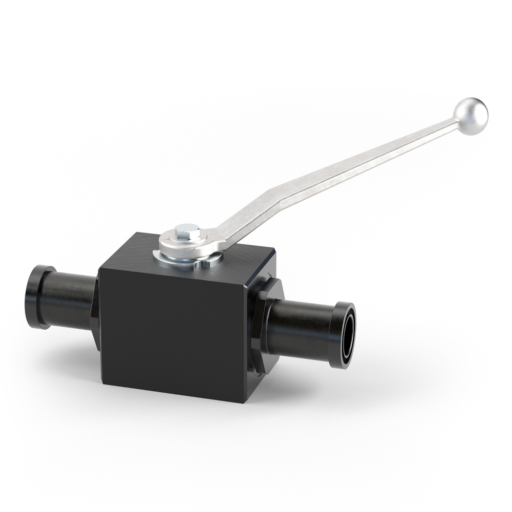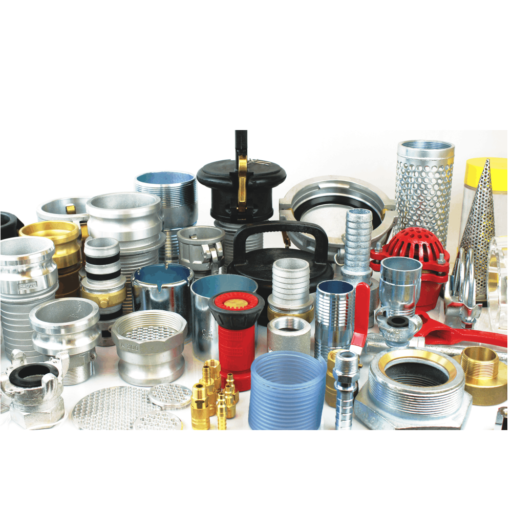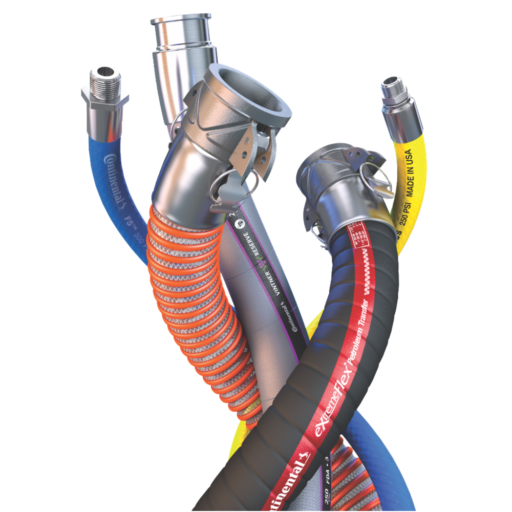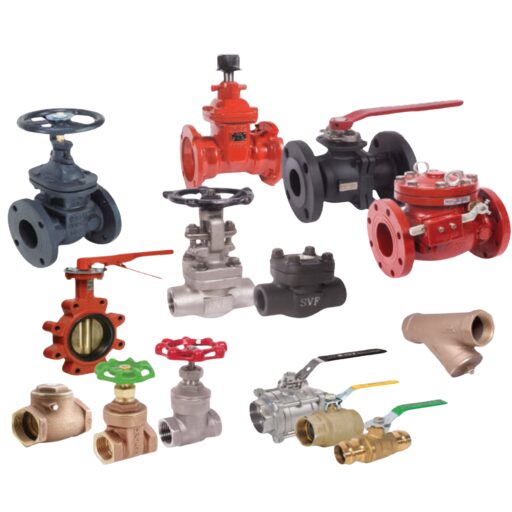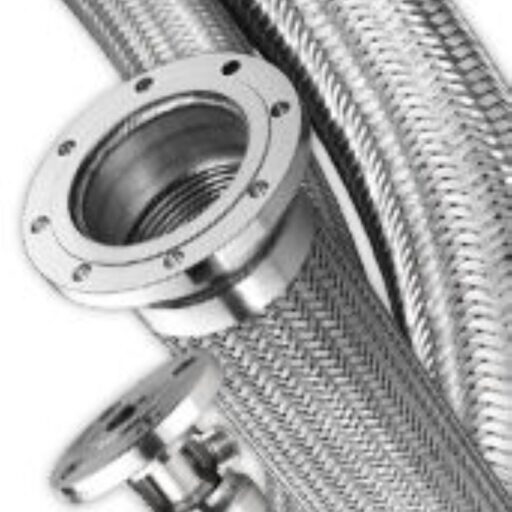Ensuring a secure and leak-free flange connection is a critical aspect of industrial piping systems. Proper bolt tightening techniques play a significant role in achieving even gasket compression and preventing leaks. Below, we outline the best practices for flange bolt tightening and answer frequently asked questions about flange installation.
ANSI Bolt Tightening Sequence Guide
To properly tighten ANSI flange bolts, follow a sequential “star” or criss-cross pattern. This technique ensures even gasket compression and minimizes the risk of leaks.
General Principles of Flange Bolt Tightening
1. Sequential Tightening
Avoid tightening bolts to their final torque in a single pass, as this can cause uneven gasket compression and leaks.
2. Star/Criss-Cross Pattern
- Always start with a bolt and move across the bolt circle in a systematic criss-cross sequence.
- This technique distributes pressure evenly across the flange face, ensuring uniform gasket compression.
3. Staged Tightening
Tighten bolts in multiple passes, gradually increasing torque instead of applying full torque immediately. Some manufacturers recommend four passes instead of three for improved bolt tension uniformity.
Example Tightening Sequence for 4, 8, 12, etc., Bolt Flanges
- Pass 1:
- Tighten all bolts to approximately 30% of the final torque value in a star/criss-cross pattern.
- Pass 2:
- Tighten all bolts to approximately 60% of the final torque value in the same pattern.
- Pass 3:
- Tighten all bolts to the final torque value (100%) in a star/criss-cross pattern.
- Final Check (Optional Fourth Pass):
- After the final pass, recheck all bolts in a circular sequence (clockwise) to confirm uniform torque application. This step ensures that some bolts have not relaxed due to gasket compression.
- Post-Torque Inspection (If Required):
- In high-temperature or high-pressure applications, re-torquing may be necessary after initial system pressurization or following a waiting period (typically 4 to 24 hours).
Important Considerations for Flange Bolt Tightening
Bolt Size and Class
- The final torque value depends on the bolt size, material, and flange class (e.g., ANSI 150, 300, etc.).
Torque Wrench Calibration
- Always use a properly calibrated torque wrench to ensure accurate bolt tightening.
- Inspect and calibrate torque wrenches periodically according to industry standards.
Gasket Compression
- Ensure that the gasket compresses evenly throughout the entire bolt circle to prevent leaks and premature failure.
- Choose the appropriate gasket material based on system pressure, temperature, and fluid compatibility.
Bolt Material
- Consider the bolt material (carbon steel, stainless steel, alloy steel, etc.), as different materials require different torque values and lubrication requirements.
Lubrication
- Lubricating bolt threads and nut surfaces reduces friction and ensures consistent clamping force.
- Anti-seize compounds should be used for stainless steel bolts to prevent galling.
Temperature Effects
- Ensure that torque values account for operating temperatures, as thermal expansion and contraction can affect bolt preload.
Service Requirements
- Flange tightening methods depend on bolt size, system pressure rating, and service conditions.
- Critical applications may require hydraulic tensioning or ultrasonic bolt stress verification instead of standard torqueing.
FAQ: Common Questions About Flange Installation
1. Why is a criss-cross tightening pattern necessary?
A criss-cross pattern ensures that pressure is evenly distributed across the flange, reducing the risk of leaks and uneven gasket compression.
2. How often should torque wrenches be calibrated?
Torque wrenches should be calibrated at least once a year or as recommended by the manufacturer to ensure precise torque application.
3. Should bolts be re-tightened after system pressurization?
In high-temperature and high-pressure applications, it is advisable to re-torque bolts after initial system pressurization or following a waiting period of 4 to 24 hours.
4. Can over-tightening cause leaks?
Yes. Over-tightening can crush the gasket, causing it to lose its ability to seal effectively and leading to leaks or flange damage.
5. What is the ANSI B16.5 standard?
ANSI B16.5 provides detailed guidelines for flange dimensions, bolt sizes, torque recommendations, flange pressure classes, and material specifications.
Ensuring Leak-Free Connections with Proper Bolt Tightening
Proper flange bolt tightening techniques are crucial for achieving leak-free, long-lasting connections. Following ANSI bolt tightening guidelines, staged torqueing, and using the right tools ensures system integrity and operational efficiency.
For expert advice on flange tightening solutions, contact Hampton Rubber today.










